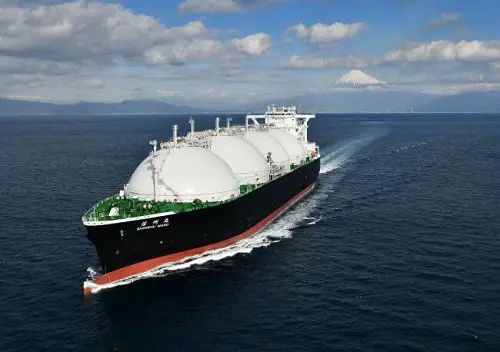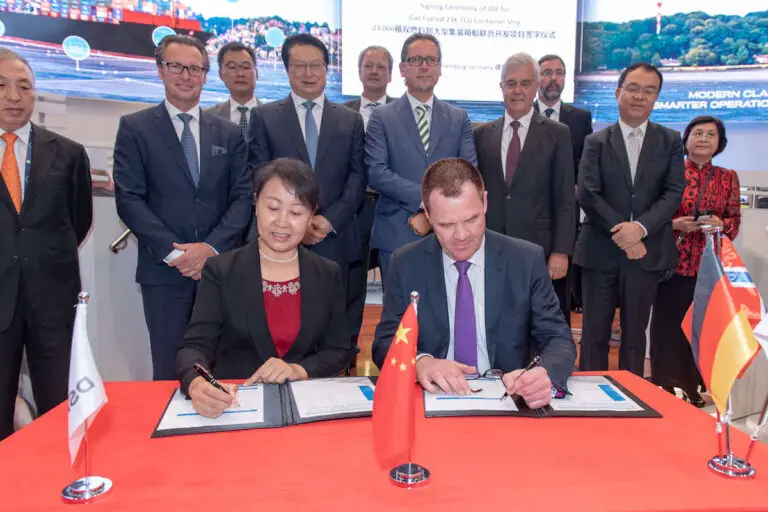Wärtsilä Signs Long-Term Service Agreements For Four Japanese LNGCs

The technology group Wärtsilä has signed long-term service agreements for four Japanese owned LNG Carriers. Wärtsilä’s Dynamic Maintenance Planning (DMP) proposes that performance guarantees is considered as adding considerable value to the customers’ operations. Two of the vessels are owned by a joint venture between Mitsui O.S.K. Lines, Ltd. (MOL) and JERA Co., Inc. (JERA), the Tokyo based energy company, while the other two are owned by a joint-venture between Nippon Yusen Kabushiki Kaisha (NYK) and JERA. The orders were booked by Wärtsilä in March 2019.
The solutions cover a variety range of services, which includes scheduled maintenance parts for the equipment covered, all workshop services, all field servicing for piston related maintenance, turbocharger maintenance, condition-based maintenance (CBM) reporting, remote operational support (ROS) from Wärtsilä’s expertise centres, and dynamic maintenance planning. All four vessels are powered by Wärtsilä 50DF dual-fuel engines.
Reference: wartsila.com






